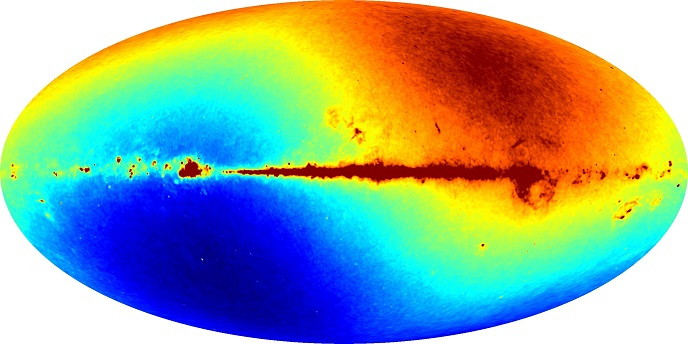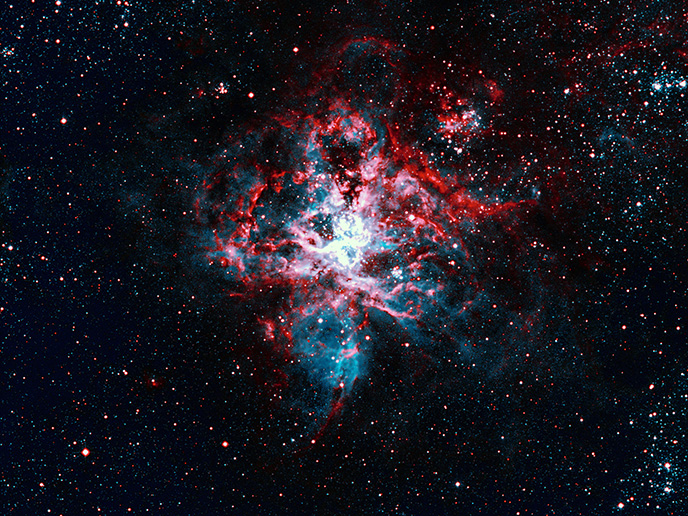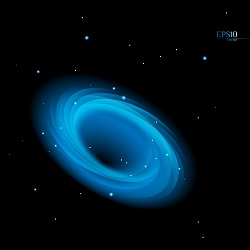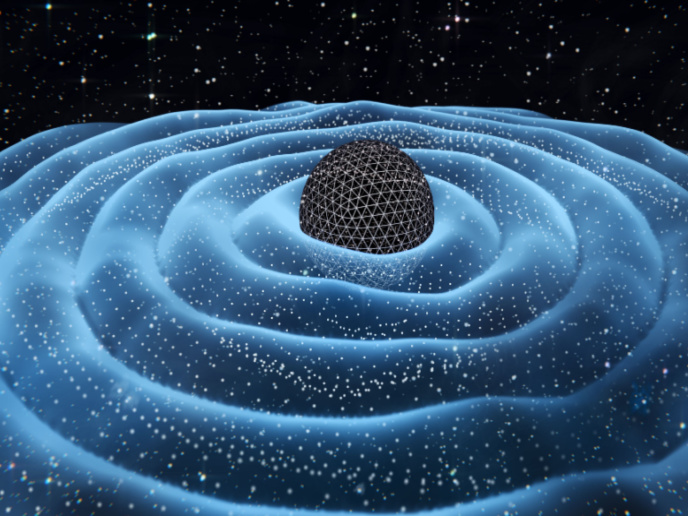A new way of analysing Planck satellite observations
One of modern physics biggest achievements is the development of high-precision cosmology, or the science of the origin and development of the universe. Using the leftover heat from the Big Bang, known as cosmic microwave background (CMB), cosmologists have pinpointed such important cosmological parameters as the age and energy content of the universe to per cent accuracy. A major milestone in high-precision cosmology was the successful completion of the European Space Agency’s (ESA) Planck mission, which was designed to look for the signatures of density waves created during the Big Bang. Compared to previous satellites, Planck benefited from a much higher level of sensitivity, to the point that it wasn’t limited by instrumental noise. However, this high sensitivity created new problems, including interference from instrumental systematics and confusion from the astrophysical foreground emissions of the Milky Way. With future satellite missions set to be at least 10 times more sensitive than Planck, new methods are needed to overcome these challenges. To help, the EU-funded BeyondPlanck project is developing an entirely new way of jointly analysing Planck observations. “Instead of analysing Planck’s cosmological, astrophysical and instrumental data sets linearly, the BeyondPlanck project is taking an iterative approach,” says Mr Hans Kristian Eriksen, project coordinator. “Doing so allows us to analyse the foregrounds, which can then be fed back into the calibration process to gain better foreground estimates, which in turn leads to better calibration, and so on.” Record-breaking speed Although the project is still a work-in-progress and research remains fluid, several important results have already been achieved. One of the most impressive results so far is the production of a single sample of the Planck 30 GHz map in only 90 seconds, including calibration, noise estimation and map making. “This is faster than the other steps in the pipeline, including foreground modelling,” says Eriksen. “Our work has therefore proved that it is indeed possible to perform the kind of iterative sampling analysis that we hypothesised at the start of this project.” Methods for the future With the necessary infrastructure and code now nearly complete, researchers are turning their attention to harvesting the scientific results through an entirely new method of performing end-to-end analysis of CMB observations. Although the core goal of the project is to use this new method to produce better Planck results, researchers are confident that it will be equally applicable to future experiments. It may even play an important part in the future detection of gravitational waves from the Big Bang. “I believe our method will redefine the field in the coming decade, enabling much more robust results from a wide range of experiments,” says Eriksen. “Most importantly, by allowing different experiments to be analysed jointly, our machinery will allow researchers to exploit synergies between different experiments in a seamless manner.”
Keywords
BeyondPlanck, Planck mission, European Space Agency (ESA), Big Bang, cosmology, cosmic microwave background (CMB)







